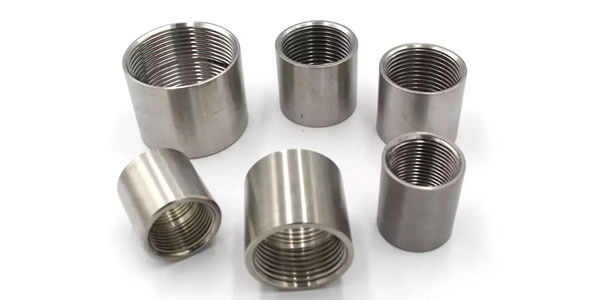
NPT (National Pipe Tapered) style pipe threads have been widely used for over 100 years. NPT is a U.S. standard for tapered threads used on pipes and fittings. They are used to effectively seal pipes for fluid and gas transfer.
National Pipe Taper Fuel (NPTF), also called Dryseal American National Standard Taper Pipe Thread, defined by ASME B1.20.3, is designed to provide a more leak-free seal without the use of PTFE tape (aka “Teflon”) or other sealant compound. NPTF threads have the same basic shape but with crest and root heights adjusted for an interference fit, eliminating the spiral leakage path.
NPSM (National Pipe Straight Mechanical) connections are also often found in fluid power systems. The female component incorporates a straight thread with an inverted 30° seat. The male component has a straight thread and a 30° internal chamfer. A seal is made by compression of the 30° seat on the chamfer. This is considered a mechanical connection. If an NPTF male is properly chamfered it will also seal with an NPSM female connection.
NPT vs NPTF
Both NPT and NPTF have the same threads-per-inch, pitch diameters, and taper-per-inch. The differences come in the major and minor diameters, the root and crest of the threads. The NPTF thread crests fall with in the parameters of the NPT requirements, but have a smaller range than the NPT. The NPTF thread roots are different than the NPT thread roots. NPTF thread roots are designed to interfere with the crest of the mating thread with the intention of creating a mechanical seal through thread form deformation at assembly. NPTF threads have two classes identified: Class 1 and Class 2. NPT thread roots are designed to allow clearance with the mating thread crests on assembly.
NPT vs NPSM
Both NPT and NPSM connectors have the same number of threads per inch, and the angle of each thread is 60 degrees. The obvious difference between NPT and NPSM, as their names indicate, is that the former is tapered (slightly conical) while the latter is straight (parallel).
BSPT (British Standard Pipe Taper) is similar to NPT except there are important differences. The angle across the flanks of threads (if you sliced the fitting in half long-ways and measured the angle from root to crest to root) is 55 degrees instead of 60 degrees as it is for NPT. Another important difference is that for many BSPT pipe sizes the thread pitch is different than NPT.
